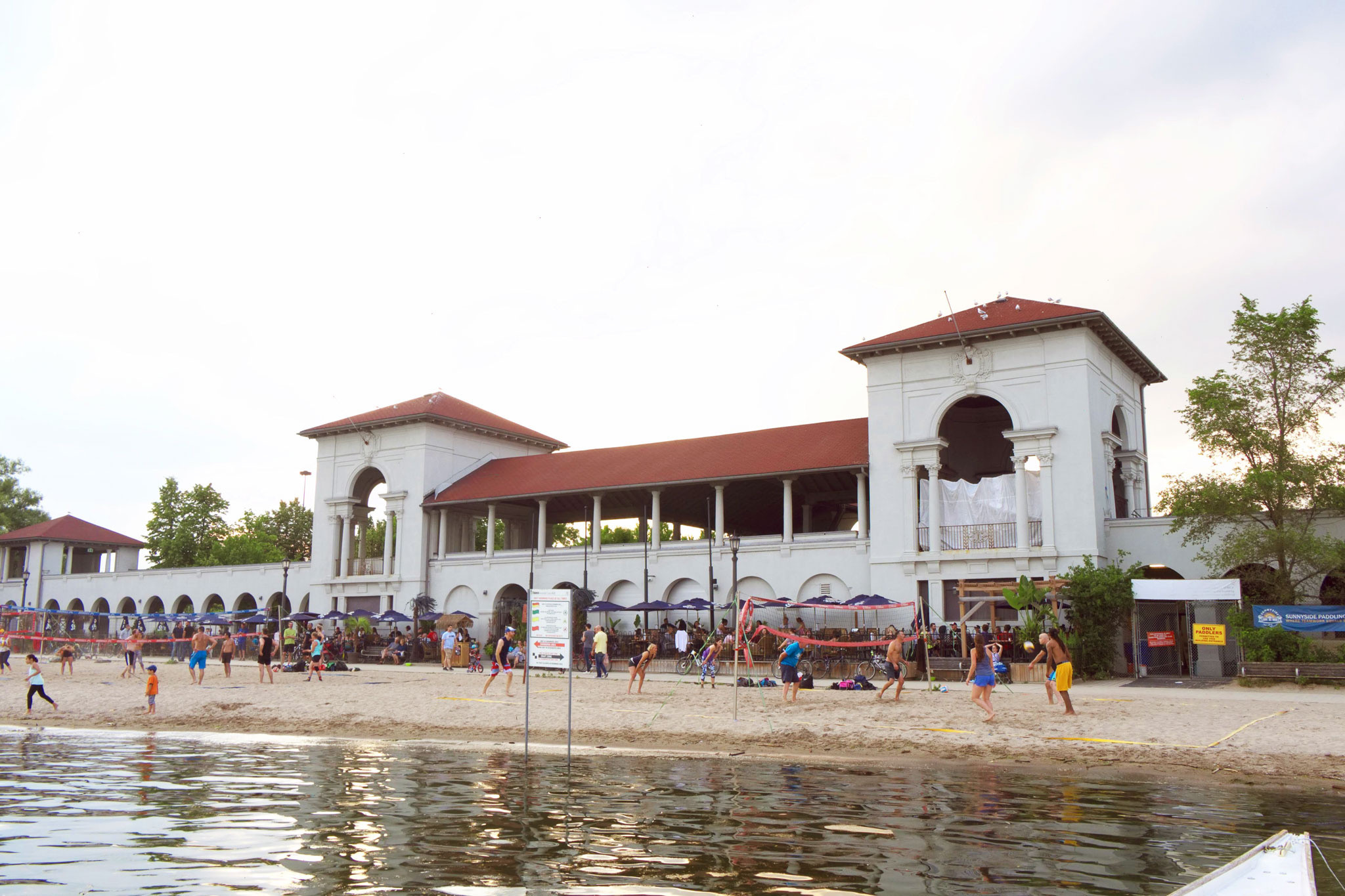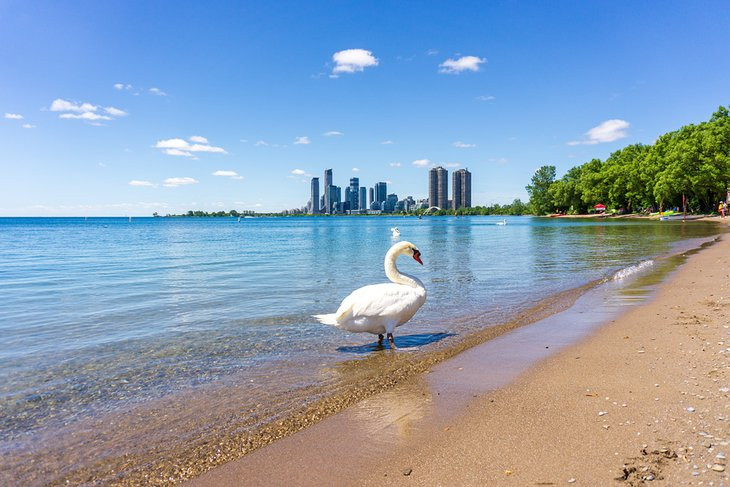Toronto Beach Water Quality: Sunnyside Beach Unsafe for Swimming
Heading to the beach? You’ll want to stay out of the water at Sunnyside as of Aug. 23 at 12 p.m. Here’s the latest beach water quality report from Toronto Public Health:
Beaches Safe for Swimming
- Bluffer’s Beach (1 Brimley Road South)
- Centre Island Beach (Toronto Islands)
- Cherry Beach (1 Cherry Street)
- Gibraltar Point Beach (Toronto Islands)
- Hanlan’s Point Beach (Toronto Islands)
- Kew-Balmy Beach (1 Beech Avenue)
- Marie Curtis Park Beach (2 42nd Street)
- Ward’s Island Beach (Toronto Islands)
- Woodbine Beach (1675 Lake Shore Boulevard East)
Beaches Unsafe for Swimming
- Sunnyside Beach (1755 Lake Shore Boulevard West)
Why are some beaches unsafe for swimming?
These Toronto public beaches are tested for bacteria to determine if the water is safe for swimming. According to public health guidelines from the Ontario Ministry of Health and Long-Term Care, water is considered unsafe for swimming when one sample contains 400 or more E. coli bacteria per 100 millilitres, or the geometric mean of five samples is 200 or more. E. coli bacteria can cause serious illness, including stomach cramps, diarrhea and vomiting. When high levels of the bacteria are detected it’s more likely that other harmful organisms are present as well, including those that cause skin rashes and eye, ear, nose and throat infections.
What factors affect beach water quality?
In addition to E. coli levels, a beach may also be considered unsafe for swimming due to weather conditions, runoff, pollution, spills, smells, garbage, sharp debris and dead fish. In addition, public beaches are monitored for blue-green algae, which can be highly toxic to humans, dogs and other animals.
What can you do to stay safe at the beach?
Collecting, transporting and testing beach water for E. coli can take a day or more, so the latest available data may not reflect current conditions at the beach. Swimming is not recommended when it’s raining, the water is wavy or cloudy, there are lots of birds, or for two days after a big storm. Be sure to check the latest beach water quality reports before you head out, and follow the advice of public health officials.
Stay Informed About Beach Water Quality
This story is automatically generated at 7 a.m. and updated periodically until 3 p.m. as new data become available from Toronto Public Health. Keep checking back for updates on beach water quality.
Credits
The Torstar Open Data Team is a collaborative of editorial, data and technical staff who work with public open data sources to provide useful and actionable stories for readers. Topics covered to date include scheduled roadworks, restaurant food inspections and water quality at public beaches.


















